Salt Lake Temple
Introduction
Text-to-speech Audio
Images
The Salt Lake City Temple was completed in 1893 after decades of construction. It is the fourth temple built in the state.
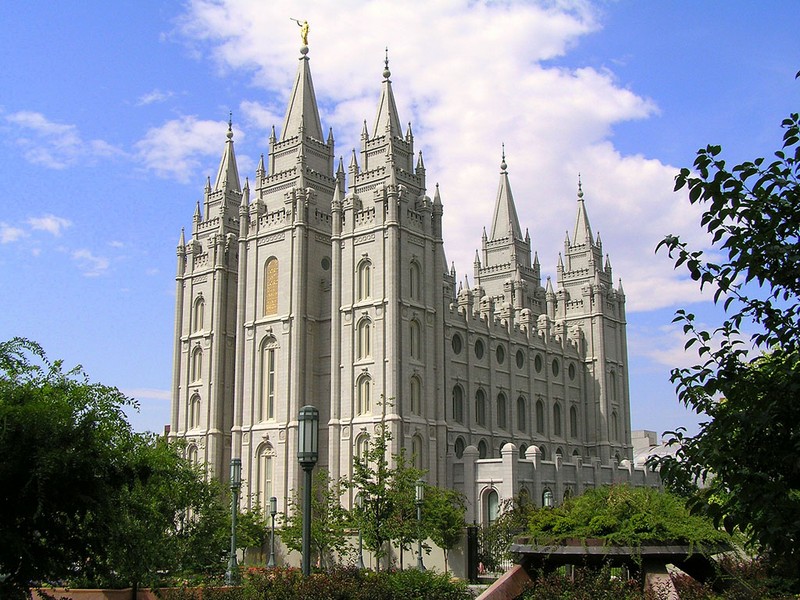
The statue of Moroni, the first of its kind, welcomes visitors into the city.
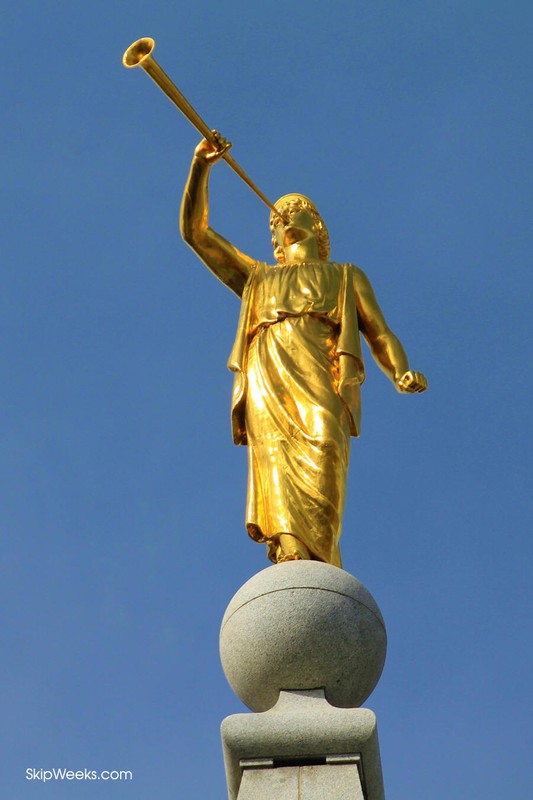
Color-rendered photo of temple workers preparing granite for temple construction. Famous Tabernacle sits in the background. This photo was likely taken in the 1860s.
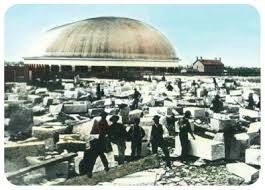
Construction of temple walls, 1860s-1870s
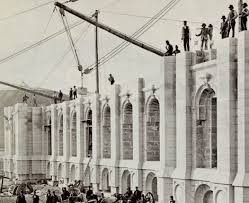
Crowds gather in temple square of the placing of the Angel Moroni capstone on highest pillar. April 6, 1892
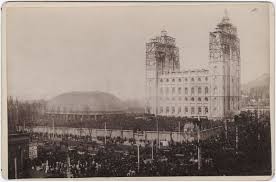
Workers place Angel Moroni capstone
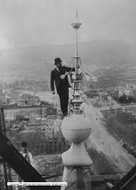
Aeriel l view of the temple
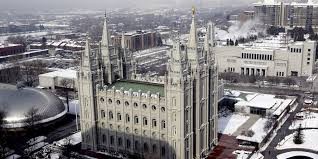
Stone cutters in at Little Cottonwood Canyon carve out granite for temple. Canyon was 20 miles SW of the temple. Stone first hailed by oxcart then train starting 1871.
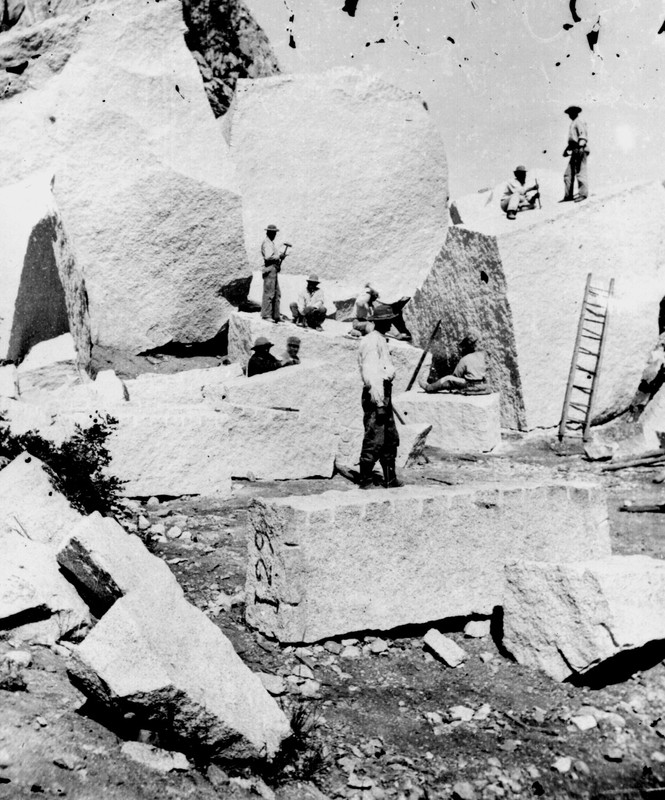
Superimposed photo of temple and Salt Lake City in 1887 over modern-day temple square
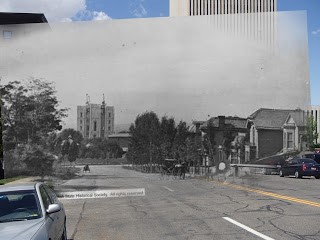
Backstory and Context
Text-to-speech Audio
Visitors to the city are often surprised to find that this was the fourth temple built in Utah. Although church members began planning the construction of this temple in 1847, fears of its destruction halted the project in 1857. Although church members had been persecuted in the past, they were relieved that the army that entered Salt Lake and established a camp nearby did not have hostile intentions and church members revived construction efforts in 1861. Construction moved slowly for many years, as the building's plans required the movement of large sections of limestone that weighed many tons in an era when there were no railroads in Utah.
The Salt Lake Temple was the only temple dedicated ion 1893 by Church President Wilford Woodruff after over forty years of effort. The temple's ornate interior was completed in just a year. The Temple is considered a feat of architecture because the walls are nine feet thick at the base and six feet thick at the top. It was also the first temple to feature a standing Moroni statue. The statue is 14-feet tall and attached to a rod that extends 27 feet into the tower, terminating with a 4,000-pound counterbalance to keep the statue immovable.
The Salt Lake Temple features beautiful hand-painted murals on the walls of its progressive-style ordinance rooms: Creation Room, Garden Room, World Room, Terrestrial Room, and Celestial Room. The Salt Lake Temple was completed the afternoon before the dedication. That evening invited non-Mormon government officials, business leaders, and other guests were given a complete tour of the temple. It was the first time that a temple had been opened to the public before its dedication.
